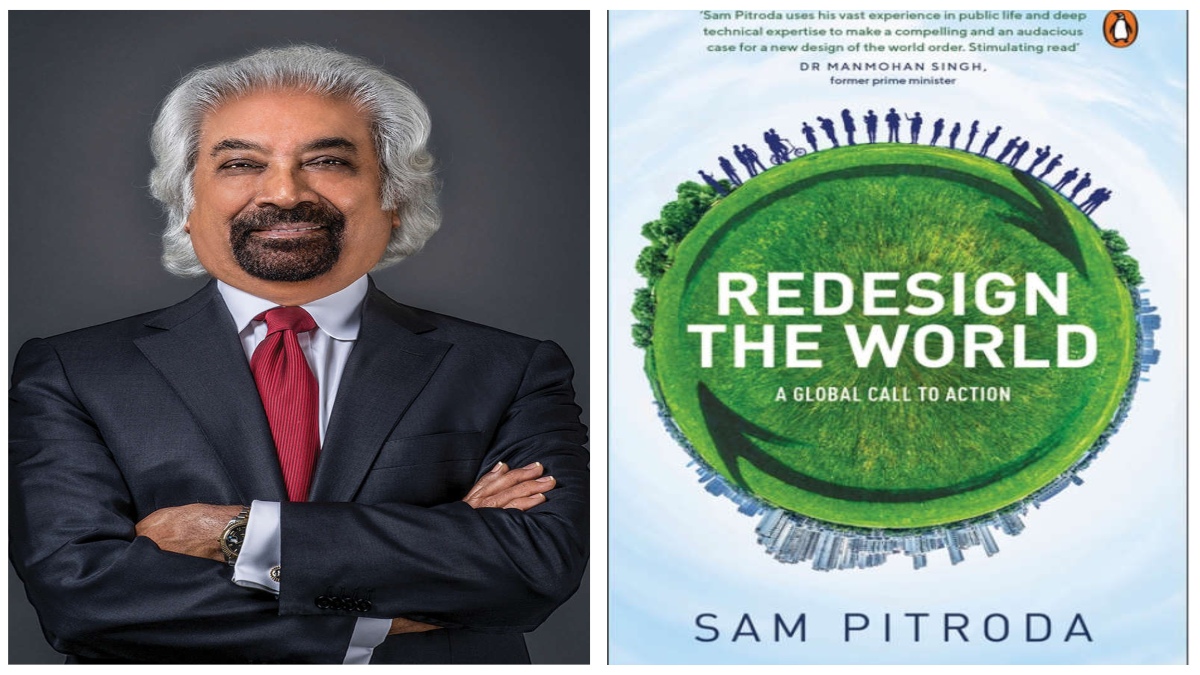What does it mean to redesign the world now? Is it about a new world order where the powerful and wealthy nations’ geopolitical aspirations are propagated and promoted for dominance, trade, finance and minerals, one where the military is at the core? Or is it about a design to ensure a better world for all, with access to opportunities and assured safety, security, peace and justice, along with the potential to democratize education, health and prosperity? Is it about climate change and the better health of our planet and all its species? Or is it about something utopian, romantic, aspirational and ideal but unrealizable? Or again, is it about a more real and just world that can be created in a few decades? The answers to these questions depend on whom we ask and whose interests are at stake.


The redesign of the world means different things to different people. We all have varied backgrounds, with differing understanding, perceptions, values, wisdom, needs and aspirations. In general, political pandits and elites who discuss international issues will emphasize global geopolitical power, American leadership, China’s rise, the military, nuclear non-proliferation, climate change, global conflicts, etc. Economists, academicians and business people will look at the new design from the viewpoint of international trade, growth, GDP, GNP, foreign direct investments, employment, manufacturing, services, etc. There are many people out there with varied expertise and experiences, and differing views on what the world needs. A great deal has been discussed and written by domain experts on our challenges and the solutions. However, most of them have taken a narrow view of the trials facing the world. Redesigning the world is complex and difficult to distil into a simple format or formula that can be easily digested, accepted and executed.
We first need to understand and appreciate the design after World War II, in the context of what worked, what did not and what needed to be resolved. As we have seen, the world’s design, conceived after World War II, had five main pillars—democracy, human rights, capitalism, consumption and the military. At that time, the world was bipolar, with US democracy and Soviet communism being the two warring ideologies with conflicting priorities. This era was focused on nuclear proliferation, industrial espionage, counterintelligence and mistrust between the two superpowers.
Seventy-five years on, it is clear that we enjoy world peace, democracy and freedom. We are making tremendous progress mainly because of technology, infrastructure, energy and communication. Democracy has won. Unfortunately, because of populism and divisive politics, narrow interests and exclusion of people from the mainstream, large-scale distortion of facts and erosion of institutions, democracy is under high stress in many countries and they face an uncertain future. Democracy is still a work in progress and needs much more reform to take it to the next level.
Human rights are well-accepted but not delivered, policed or practised in many countries. There are persisting issues affecting inclusion, equality and justice, especially for minorities. Discrimination on the basis of race, religion, caste, colour and economic situation continue to divide communities and create tensions leading to violence. Capitalism has worked well and created substantial growth and prosperity. It has reduced global poverty and created wealth. However, wealth distribution is heavily concentrated in the hands of a very few, thus further dividing people and societies. Consumption has been carried too far and benefits only a few. Overconsumption in some areas has affected our climate, forests and environment to the point where human civilization’s survival may be at stake. The military machine diverts too much of our precious resources from the cause of social development, spurred on by false fears of nuclear war and border disputes. Global discussions and dialogues can resolve most of this. Any significant redesign of the world must address all these issues head-on.
The design of the post–World War II world is now obsolete and a fresh approach is needed with a new social, political and economic architecture. We have accomplished a lot, but we could have done much more. We got derailed with our old command-and-control mindset, dominance, military establishments and violence. We continue building warheads and not health systems. We worry about markets and financial systems while we ignore people and poverty. We think top-down and not bottom-up. We do not seek to find sustainable solutions that benefit the poor. We divide people by categorizing and labelling them with our preconceived notions. We build boundaries, not bridges. We design policies to benefit the rich and ignore the hungry and homeless. We promote lies and suppress the truth. We spread hate and hide love. We use religion to separate and not unite.
Now, with hyperconnectivity, we have a global opportunity to change all this quickly. Distance does not matter, nor do time zones, and the opportunities to network and collaborate in the cyber age are limitless. We have new technologies and new tools to work with. We can now deploy innovative models for development and build more inclusive, prosperous and sustainable communities. This is an opportune moment to review and reflect on redesigning our world and taking it forward on a new trajectory. Young people in this world have a lot at stake. They are conscious of climate change and the possibilities of technology. They are progressive with no hang-ups from old-fashioned mindsets. They want peace and prosperity for all. They are willing to share and sacrifice. To redesign the world is to call for action, especially for the youth. It is a call for them to unite and demand a better future for humanity. It is a new vision that they can act upon and use to become empowered.
The excerpt is from the book Redesign the World: A Global Call to Action (published by Penguin Random House India).























